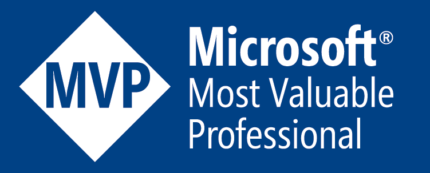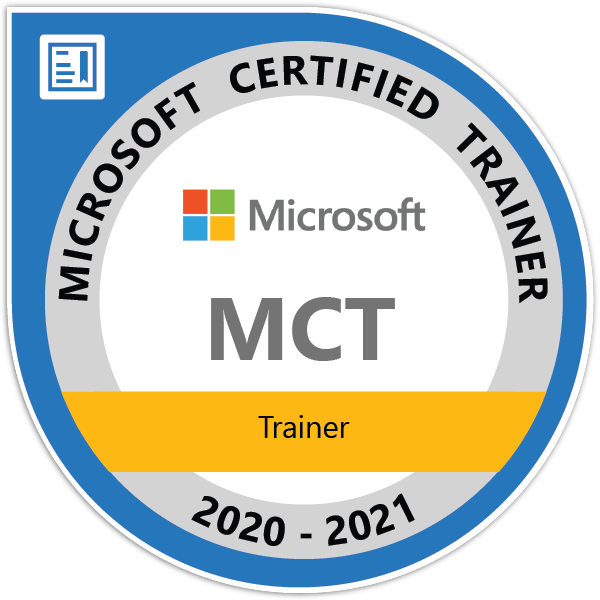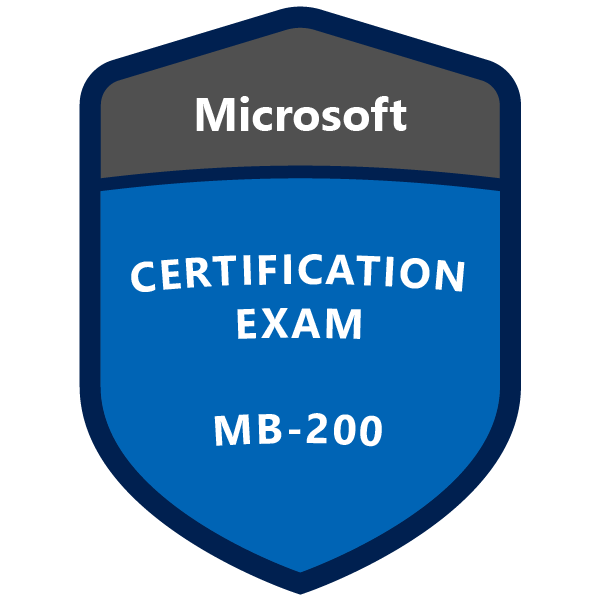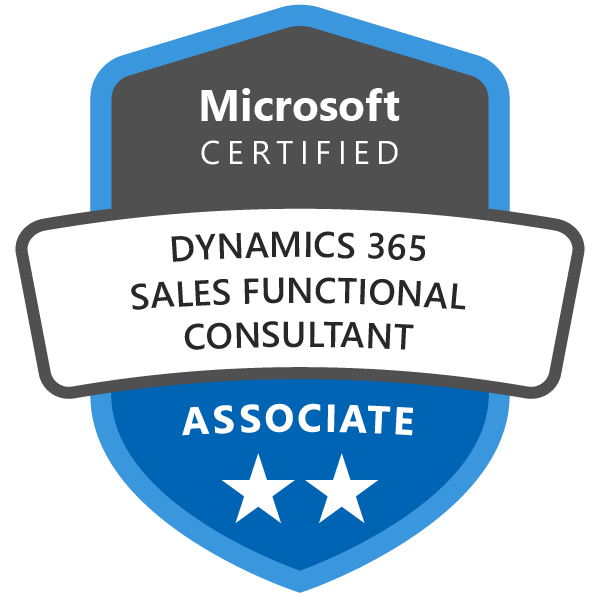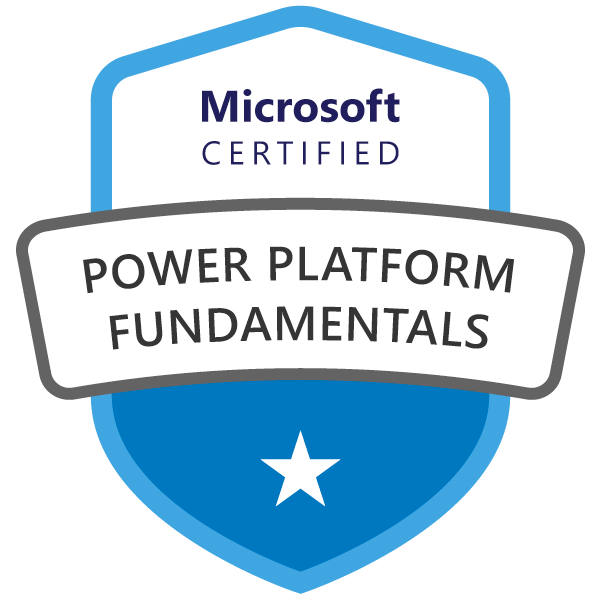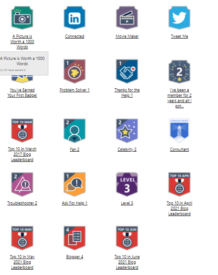Create, Retrieve, Update, Delete SharePoint Records using C#

Using Microsoft Dynamics 365, you can use the document management capabilities of Microsoft SharePoint from within Dynamics 365. You can store and manage documents in the context of a Dynamics 365 record on a SharePoint Server, and leverage the SharePoint infrastructure to share, manage, and collaborate efficiently. Because the documents are stored on a SharePoint Server, non-Microsoft Dynamics 365 users can directly access the documents on the SharePoint Server, provided they have the appropriate permissions. The sample code you can get from SDK downloaded folder. to download SDK click here .
This code is for console application. For other type of application change accordingly.

//General Namespaces
using System;
using System.ServiceModel;
using System.ServiceModel.Description;
// These namespaces are found in the Microsoft.Xrm.Sdk.dll assembly
// located in the SDK\bin folder of the SDK download.
// Required Namespaces
using Microsoft.Xrm.Sdk;
using Microsoft.Xrm.Sdk.Query;
using Microsoft.Xrm.Sdk.Client;
//Namespace Declaration
namespace CRUDOperationSharepointD365
{
/// <summary>
/// Demonstrates how to create, retrieve, update, and delete.
/// SharePoint location records.</summary>
/// <remarks>
/// At run-time, you will be given the option to delete all the
/// database records created by this program.</remarks>
public class CRUDSharePointLocationRecordsSample
{
// Class level members declaration
#region Class Level Members
private Guid _spSiteId;
private Guid _spDocLocId;
private Guid _account1Id;
private Guid _account2Id;
private OrganizationServiceProxy _serviceProxy;
#endregion Class Level Members
#region Main method
/// <summary>
/// Standard Main() method used by most SDK samples.
/// </summary>
/// <param name="args"></param>
static public void Main(string[] args)
{
try
{
// Obtain the target organization's Web address and client logon
// credentials from the user.
ServerConnection serverConnect = new ServerConnection();
ServerConnection.Configuration config = serverConnect.GetServerConfiguration();
CRUDSharePointLocationRecordsSample app = new CRUDSharePointLocationRecordsSample();
app.Run(config, true);
}
catch (FaultException<Microsoft.Xrm.Sdk.OrganizationServiceFault> ex)
{
Console.WriteLine("The application terminated with an error.");
Console.WriteLine("Timestamp: {0}", ex.Detail.Timestamp);
Console.WriteLine("Code: {0}", ex.Detail.ErrorCode);
Console.WriteLine("Message: {0}", ex.Detail.Message);
Console.WriteLine("Plugin Trace: {0}", ex.Detail.TraceText);
Console.WriteLine("Inner Fault: {0}",
null == ex.Detail.InnerFault ? "No Inner Fault" : "Has Inner Fault");
}
catch (System.TimeoutException ex)
{
Console.WriteLine("The application terminated with an error.");
Console.WriteLine("Message: {0}", ex.Message);
Console.WriteLine("Stack Trace: {0}", ex.StackTrace);
Console.WriteLine("Inner Fault: {0}",
null == ex.InnerException.Message ? "No Inner Fault" : ex.InnerException.Message);
}
catch (System.Exception ex)
{
Console.WriteLine("The application terminated with an error.");
Console.WriteLine(ex.Message);
// Display the details of the inner exception.
if (ex.InnerException != null)
{
Console.WriteLine(ex.InnerException.Message);
FaultException<Microsoft.Xrm.Sdk.OrganizationServiceFault> fe = ex.InnerException
as FaultException<Microsoft.Xrm.Sdk.OrganizationServiceFault>;
if (fe != null)
{
Console.WriteLine("Timestamp: {0}", fe.Detail.Timestamp);
Console.WriteLine("Code: {0}", fe.Detail.ErrorCode);
Console.WriteLine("Message: {0}", fe.Detail.Message);
Console.WriteLine("Plugin Trace: {0}", fe.Detail.TraceText);
Console.WriteLine("Inner Fault: {0}",
null == fe.Detail.InnerFault ? "No Inner Fault" : "Has Inner Fault");
}
}
}
finally
{
Console.WriteLine("Press <Enter> to exit.");
Console.ReadLine();
}
}
#endregion Main method
/// <summary>
/// This method first connects to the Organization service. Afterwards,
/// create, retrieve, update, and delete operations are performed on the
/// SharePoint location records.
/// </summary>
/// <param name="serverConfig">Contains server connection information.</param>
/// <param name="promptforDelete">When True, the user will be prompted to delete all
/// created entities.</param>
public void Run(ServerConnection.Configuration serverConfig, bool promptforDelete)
{
try
{
// Connect to the Organization service.
// The using statement assures that the service proxy will be properly disposed.
using (_serviceProxy = new OrganizationServiceProxy(serverConfig.OrganizationUri,
serverConfig.HomeRealmUri,serverConfig.Credentials, serverConfig.DeviceCredentials))
{
// This statement is required to enable early-bound type support.
_serviceProxy.EnableProxyTypes();
//Create required records - create two sample accounts
CreateRequiredRecords();
// Instantiate a SharePoint site object.
// See the Entity Metadata topic in the SDK documentation to determine
// which attributes must be set for each entity.
SharePointSite spSite = new SharePointSite
{
Name = "Sample SharePoint Site",
Description = "Sample SharePoint Site Location record",
// TODO: Change this URL to a valid SharePoint URL of your organization
AbsoluteURL = "http://www.yoursharepointsite.com",
};
// Create a SharePoint site record named Sample SharePoint Site.
_spSiteId = _serviceProxy.Create(spSite);
// Instantiate a SharePoint document location object.
// See the Entity Metadata topic in the SDK documentation to determine
// which attributes must be set for each entity.
SharePointDocumentLocation spDocLoc = new SharePointDocumentLocation
{
Name = "Sample SharePoint Document Location",
Description = "Sample SharePoint Document Location record",
// Set the Sample SharePoint Site created earlier as the parent site.
ParentSiteOrLocation = new EntityReference(SharePointSite.EntityLogicalName, _spSiteId),
RelativeUrl = "spdocloc",
// Associate this document location instance with the First Company
// sample account record.
RegardingObjectId = new EntityReference(Account.EntityLogicalName, _account1Id)
};
// Create a SharePoint document location record named Sample SharePoint Document Location.
_spDocLocId = _serviceProxy.Create(spDocLoc);
// Retrieve the SharePoint site and SharePoint document location containing several
//of its attributes.
ColumnSet colsSpSite = new ColumnSet("name", "absoluteurl");
SharePointSite retrievedSpSite =
(SharePointSite)_serviceProxy.Retrieve(SharePointSite.EntityLogicalName, _spSiteId, colsSpSite);
ColumnSet colsSpDocLoc = new ColumnSet("name", "regardingobjectid");
SharePointDocumentLocation retrievedSpDocLoc =
(SharePointDocumentLocation)_serviceProxy.Retrieve(SharePointDocumentLocation.EntityLogicalName, _spDocLocId, colsSpDocLoc);
// Update the URL of the SharePoint site.
// TODO: Change this URL to a valid SharePoint URL.
retrievedSpSite.AbsoluteURL = "http://www.yoursharepointsite.net";
_serviceProxy.Update(retrievedSpSite);
// Update the SharePoint document location to associate it with the
// Northwind Traders sample account.
retrievedSpDocLoc.RegardingObjectId = new EntityReference(Account.EntityLogicalName,_account2Id);
_serviceProxy.Update(retrievedSpDocLoc);
DeleteRequiredRecords(promptforDelete);
}
}
// Catch any service fault exceptions that Microsoft Dynamics CRM throws.
catch (FaultException<Microsoft.Xrm.Sdk.OrganizationServiceFault>)
{
// You can handle an exception here or pass it back to the calling method.
throw;
}
}
/// <summary>
/// Creates any entity records that this sample requires.
/// </summary>
public void CreateRequiredRecords()
{
// Create two account records
Account account1 = new Account { Name = "First Company" };
_account1Id = _serviceProxy.Create(account1);
Account account2 = new Account { Name = "Second Company" };
_account2Id = _serviceProxy.Create(account2);
Console.WriteLine("{0} and {1} sample accounts created.", account1.Name, account2.Name);
}
/// <summary>
/// Deletes any entity records that were created for this sample.
/// <param name="prompt">Indicates whether to prompt the user
/// to delete the records created in this sample.</param>
/// </summary>
public void DeleteRequiredRecords(bool prompt)
{
bool deleteRecords = true;
if (prompt)
{
Console.WriteLine("\nDo you want these entity records deleted? (y/n) [y]: ");
String answer = Console.ReadLine();
deleteRecords = (answer.StartsWith("y") || answer.StartsWith("Y") || answer == String.Empty);
}
if (deleteRecords)
{
_serviceProxy.Delete(SharePointDocumentLocation.EntityLogicalName, _spDocLocId);
_serviceProxy.Delete(SharePointSite.EntityLogicalName, _spSiteId);
_serviceProxy.Delete(Account.EntityLogicalName, _account1Id);
_serviceProxy.Delete(Account.EntityLogicalName, _account2Id);
Console.WriteLine("Entity records have been deleted.");
}
}
}
}
For more information Read here.
